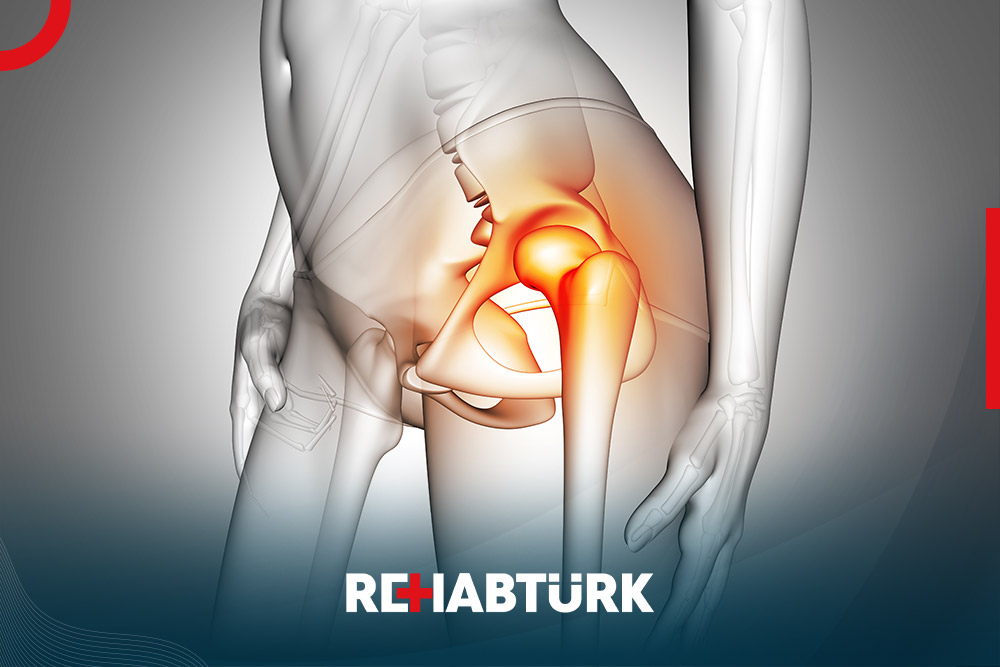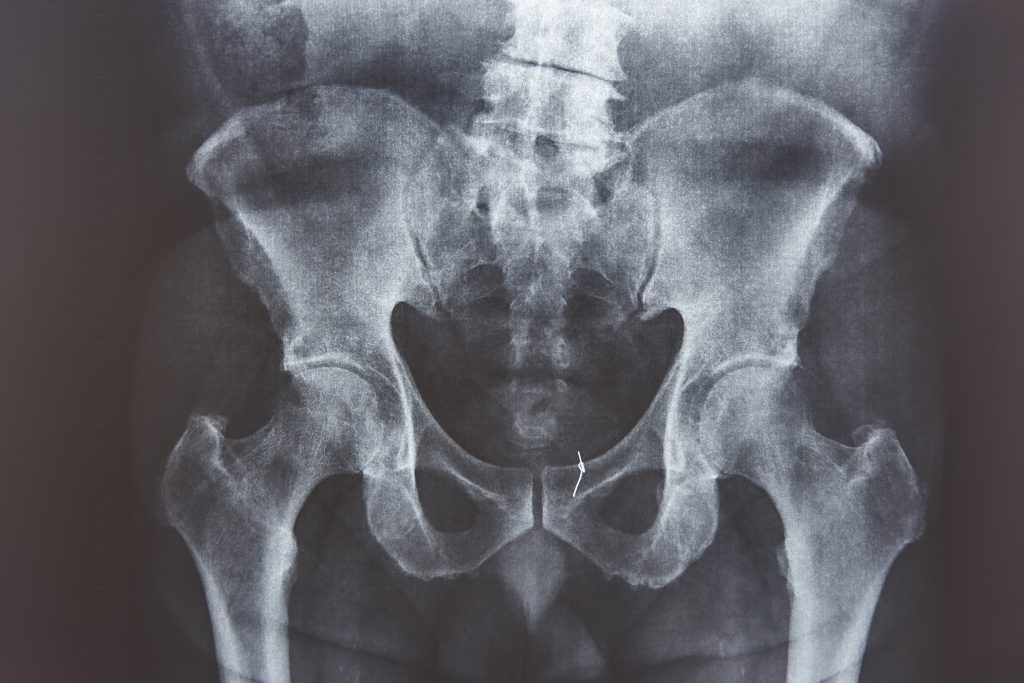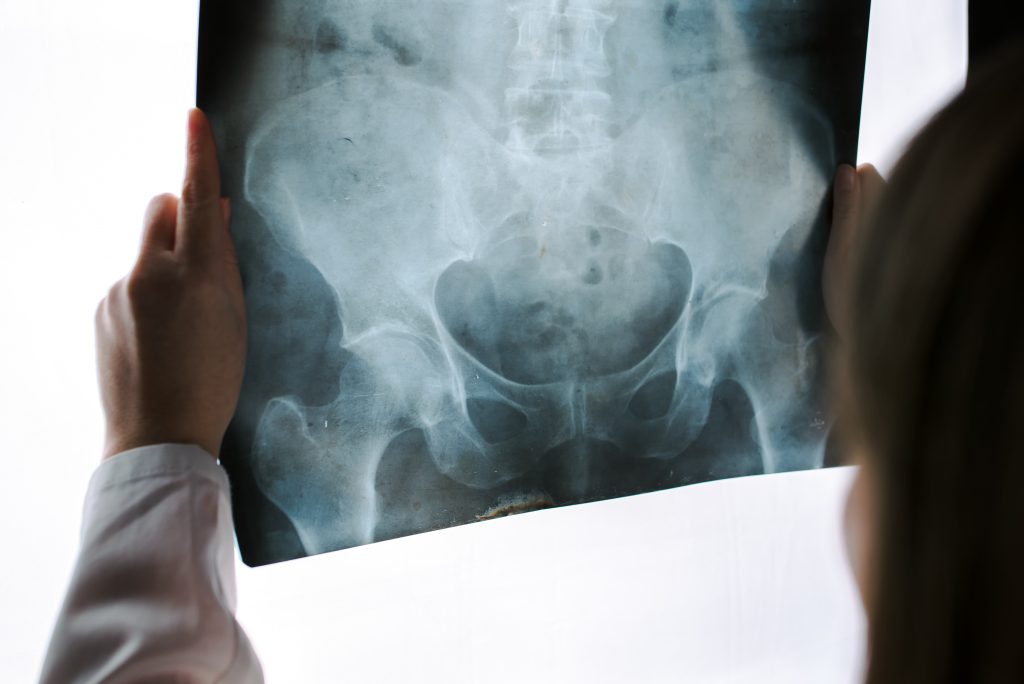Hip Arthroscopy
Hip arthroscopy is increasingly becoming a popular method for addressing hip problems due to its minimally invasive nature, swift procedure, and shorter recuperation period compared to various other surgeries.

What benefits does hip arthroscopy offer?
A hip scope offers numerous benefits in comparison to conventional open hip surgery, since it:
- causes minimal strain on the joint (leading to lower levels of hip discomfort and scarring)
- Typically, this procedure is performed on an outpatient basis, meaning that patients can go back to their homes after it is completed.
- typically has a short recovery period
- Treating the cause of hip arthritis in its early stages can potentially delay its progression.
- By proactively addressing conditions that lead to hip osteoarthritis, one can potentially postpone or even avoid the necessity of undergoing a hip replacement surgery.
Who is a candidate for hip arthroscopy?
Hip arthroscopy could be considered as a possible solution if you have received a diagnosis or if your doctor has a suspicion regarding your condition.
- Hip impingement occurs when the bones of the hip joint rub against each other due to abnormal bone shape. An arthroscopy procedure can be done to restructure the bones.
- A hip labral tear refers to a situation where the cartilage ring around the hip socket gets torn. One way to treat this condition is by using arthroscopy to remove the damaged cartilage, fix the tear, and tackle any underlying issues like hip impingement.
- After a injury, loose pieces of cartilage in the joint can be eliminated with the assistance of arthroscopy, which helps to clear any debris from the hip joint.
- Bone spurs, also known as osteophytes, are protrusions that arise on the ends of bones, causing hindrance in the smooth gliding of joints. One way to rectify this issue is by utilizing arthroscopy to trim and restore the joint’s original form.
- Synovitis refers to the inflammation of the lining of a joint. One method to address this condition is through arthroscopy, which allows for the removal of the inflamed tissue and the identification and treatment of the root causes.

Hip arthroscopy can be employed to treat these conditions, which have the potential to lead to the onset of hip arthritis. This treatment can effectively postpone or slow down the progression of arthritis, thereby delaying the necessity for a hip replacement.
What are the diagnostic methods of hip arthroscopy?
Before performing hip arthroscopy, the medical practitioner will initially assess the patient’s medical background, symptoms, and conduct a physical examination. To determine the underlying cause of hip pain, the doctor may request different imaging procedures such as X-rays, magnetic resonance imaging (MRI), computed tomography (CT), and bone scintigraphy.
To begin, the patient’s X-ray films are reviewed for hip arthroscopy. This procedure is done to assess the condition of the bones and joint spaces. X-rays are able to indicate the presence of calcification or any damage to the hip joint.
Magnetic resonance imaging (MRI) is a diagnostic technique used in hip arthroscopy to provide detailed images of soft tissues and bones. This imaging modality allows for examination of the joint’s cartilage, tendons, and muscles, and can also identify bone fractures, infections, and various other issues.
CT is a type of medical scan commonly employed in hip arthroscopy. It generates cross-sectional images of the hip joint and the tissues surrounding it. Through CT, both bones and soft tissues can be examined in great detail.
Bone scintigraphy is a type of medical imaging that is utilized in order to diagnose the source of hip discomfort. This particular examination entails injecting a radioactive substance into the body and conducting a scan. The radioactive material then discerns any areas in the bones that are either damaged or infected.
What happens before hip arthroscopy?
Prior to your hip arthroscopy, there may be certain requirements or preparations that you need to consider.
- Cease the use of specific medications: It is crucial to inform your doctor and surgeon about all the medications you are currently taking, including over-the-counter drugs and herbal supplements. This is particularly important if you are prescribed any medications for blood clot prevention. Your surgeon will provide you with instructions on which medications to discontinue or how to modify your daily regimen.
- Cease smoking: If you engage in smoking or consume alternative tobacco products, you should make an effort to quit. Besides the regular health hazards, smoking impedes the body’s ability to recover from surgical procedures.
- Cut back on the amount of alcohol you consume: Drinking alcohol can potentially lead to the thinning of your blood, resulting in potential risks if you have it in your body prior to or following a surgical procedure.
- Your surgeon will inform you whether you should refrain from consuming any food or beverages prior to your hip arthroscopy. It may be necessary for you to prepare in advance by abstaining from all food and drink, except for water, for a duration of up to 12 hours prior to the surgery.

What happens during hip arthroscopy?
Prior to the medical process, patients receive a nerve block as an anesthetic to avoid experiencing pain. Every patient undergoes general anesthesia during the surgical procedure. Additionally, patients might also receive medication to assist in their relaxation before the surgery.
At the beginning of the procedure, the surgeon will use a traction device to slightly separate the hip joint bones, facilitating better visibility and accessibility. Then, a small cut is made in the skin of the hip to insert a thin tube with a light and camera (called an arthroscope). This camera transmits video to a monitor in the operating room, enabling the surgeon to visually inspect the hip tissues. Next, the surgeon will make one or more additional small incisions to insert surgical tools specific to the treatment required for the condition being addressed.
After finishing the surgery, the surgeon takes out the arthroscope and surgical tools, and then uses stitches to close the incisions.
Hip Arthroscopy Recovery
After your hip arthroscopy, your surgeon might suggest seeing a physical therapist who can assist you in gradually restoring your ability to move and strengthen your body. The physical therapist will teach you specific hip stretches and exercises that can be performed at home. Additionally, they will advise you on when it is appropriate to stop using crutches and begin bearing your full weight on your hip. The duration of the exercises may vary, lasting at least six weeks or possibly longer, based on your pre-and post-surgery activity levels.
After your surgery, you will schedule a second appointment with your surgeon to have any stitches removed, if necessary. During this appointment, you will also talk about your pain levels and how your recovery is progressing towards your overall goals. It is normal to experience hip pain on the side where the surgery was performed for some time after the procedure, but it should gradually decrease or go away completely within three to six months. To help with any discomfort during your recovery, your doctor will prescribe pain medication. If you notice that your pain is getting worse or feels intense and piercing, it is important to bring it up with your doctor for further guidance.
After the hip arthroscopy, you might experience the sensation or sound of fluid moving in your joint. This is a common occurrence and your body will naturally absorb the fluid. Following any surgery involving incisions, it is expected to have small scars at the incision sites.
Treatment in Türkiye:
The medical staff of surgical teams, doctors, and consultants at REHABTÜRK can provide the best treatment options and free consultations, striving to stay up-to-date on the latest medical technologies and methods.
